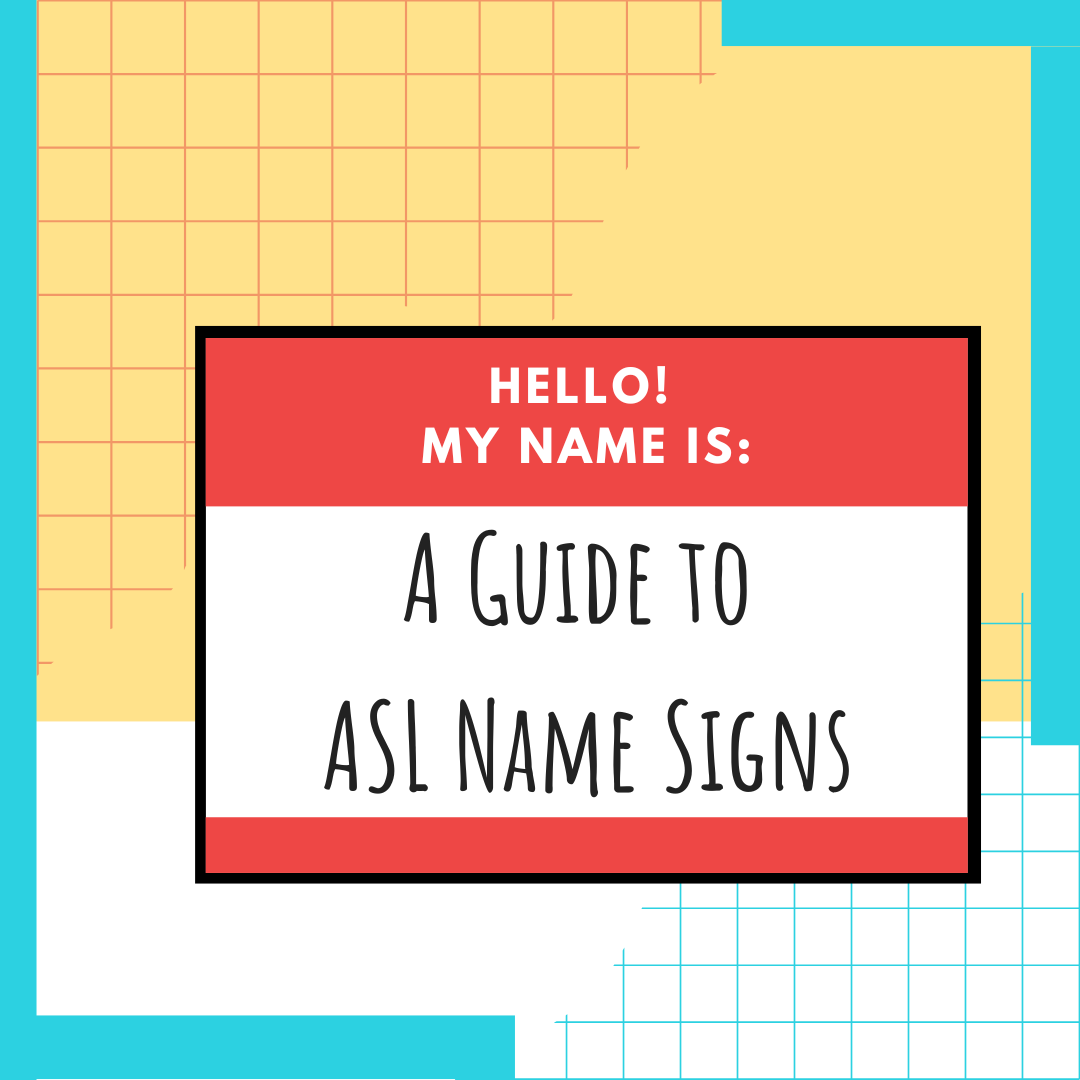
Sign Language for Babies
Step 1 – Introduction
Yes, you need to read an introduction before starting. This will just give you a background about why sign language for babies is so effective.
Baby Signing Myths
First, I want to list some myths about teaching your baby sign language:
- Signing with your baby is a new fad.
- Your baby will be a super genius if she learns sign language.
- Signing with your baby causes a delay in speech.
- Signing with your baby takes up a lot of time and energy.
All of these myths are absolutely FALSE.
Teaching your baby sign language is not something new. People have been doing it for years. Parents who sign with their babies usually want to know what is going on in their baby’s mind. They want to know what their baby needs, wants, notices, thinks about, remembers…everything. And this is all possible through signing with your baby.
Signing Before Speaking
The muscles in an infant’s hands are developed before the ones used for speech. This means that babies are able to communicate with you before they are able to speak.
Babies, even without learning sign language, seem to develop their own signs. They will point to something they want and grunt. Sound familiar?
Developing these signs that your baby creates into actual communication is not as hard as it seems.
That incessant pointing and grunting will turn into your baby actually associating signs with objects, activities, and wants. You will soon know what your child wants without them having to cry about it.
All you need to know is just a few signs and have a little motivation.
Babies all vary in their speed and ability to learn signs. Talk to your child’s physician if you have any concerns.
American Sign Language
I recommend using a formal sign language when signing with your baby. I will be using American Sign Language in these steps.
Reasons why you should use ASL to sign with your baby:
- It is easier to communicate with others who use sign language
- You have a resource to learn signs from so you don’t have to create your own
- Baby sign language products and television programs are almost all based on ASL
- Most daycare centers in the United States use ASL
If you are from another country and want to use your country’s native sign language, visit my Sign Languages of the World page for international sign language resources.
Many people think that ASL is too complex for babies to understand. It is not. The truth is that babies do not learn how to speak perfectly the first time. The same holds true for using sign language. Your baby will not be able to perfectly form the words with their hands in the beginning, but soon, with your hands teaching accurately, your baby will.
If you cannot find a sign for something somewhere, feel free to invent your own. For example, if you can’t find a sign for “Elmo,” make one up. You just need to make sure you use that same sign consistently.
Baby Signing Tips
- Be Consistent
Make sure you use the same sign in the same way for the same thing. Your baby will become familiar with the sign faster this way. Don’t try to become fluent in American Sign Language just yet. Just focus on a handful of signs right now and build from there later. - Be Open to Creativity
Your baby may create her own signs. This is great! Celebrate her creativity! You can then adapt your baby’s invented sign into a formal sign. When she uses the invented sign, model the ASL version back. She will soon adapt and sign the correct sign. - Be Understanding about Development
Your baby will not sign correctly the first time he signs it, just like how your baby won’t say a word correctly the first time he says it. - Be Expressive
Get your face and body into it. Make signing fun and exciting for your baby. Say the word while you are signing it. Change the tone of your voice. Your baby will have so much fun!
Timeline
Here is a suggested (not concrete) timeline for signing with your baby:
- 6-9 months: introduce need-based and high-impact signs
- 7-12 months: your baby will probably begin to sign back to you
- 12 months and on: introduce secondary signs
- Around 2 years: your child might start to combine signs as well as signs and speech
What Happens?
Your baby’s sign language acquisition will be similar to spoken language acquisition. There are a few things to watch out for.
Your child will recognize the meaning of a sign well before she starts to use it on her own.
Your baby will often sign signs that have similar handshapes the same. For example, your baby might use the same sign for “ball” and “more.” This is similar to your baby saying “ba” for the words “bird,” “ball,” and “blanket.” All you need to do is figure out what your baby wants through context. I know, this is easier said than done, but soon, your baby will be able to clearly communicate what he wants.
Your baby might even use the same sign for everything. This is actually good. At least your baby is getting it, right? Just keep on signing, showing him or her new signs, and stay consistent. Your baby will eventually begin to use the right sign in the right way.
Your baby might even experience a sudden explosion in her usage of signs. This is when your baby has been watching you sign and first realizes that signing will get her what she wants. She will probably absorb signs pretty quickly now.
Have a Baby Sign Language Success Story?
If you have had success with baby sign language, please share your experience! So many parents are unaware of the true success of signing with your baby.
Start Learning ASL Today!
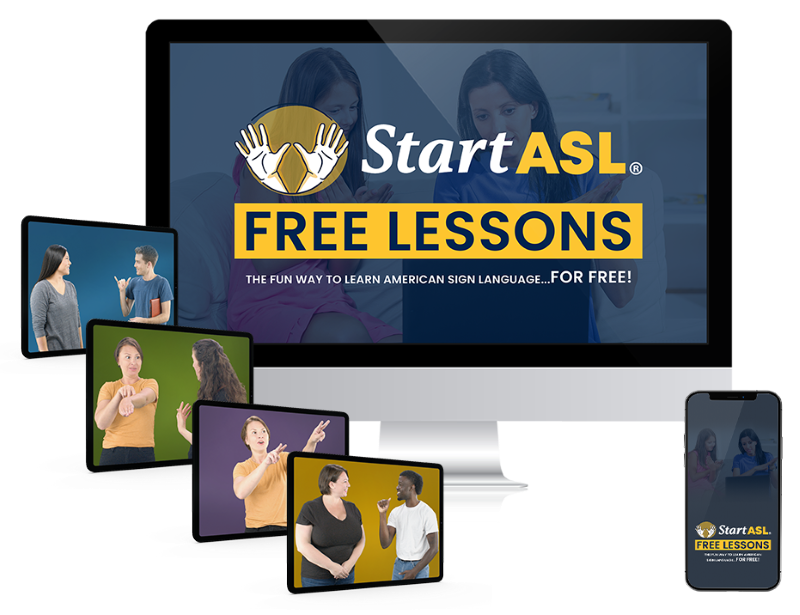 Ready to start learning real American Sign Language and not just basic signs? Do you want to be a part of the vibrant Deaf community? Check out our Free ASL 1 Course or our Complete 4-Level ASL Course options and start learning ASL today!
Ready to start learning real American Sign Language and not just basic signs? Do you want to be a part of the vibrant Deaf community? Check out our Free ASL 1 Course or our Complete 4-Level ASL Course options and start learning ASL today!
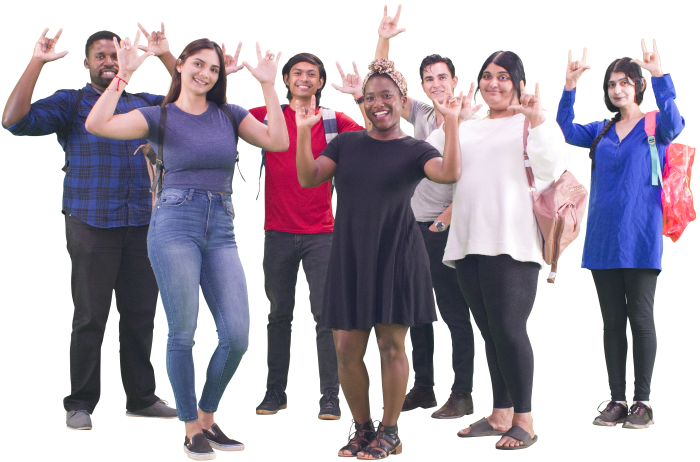
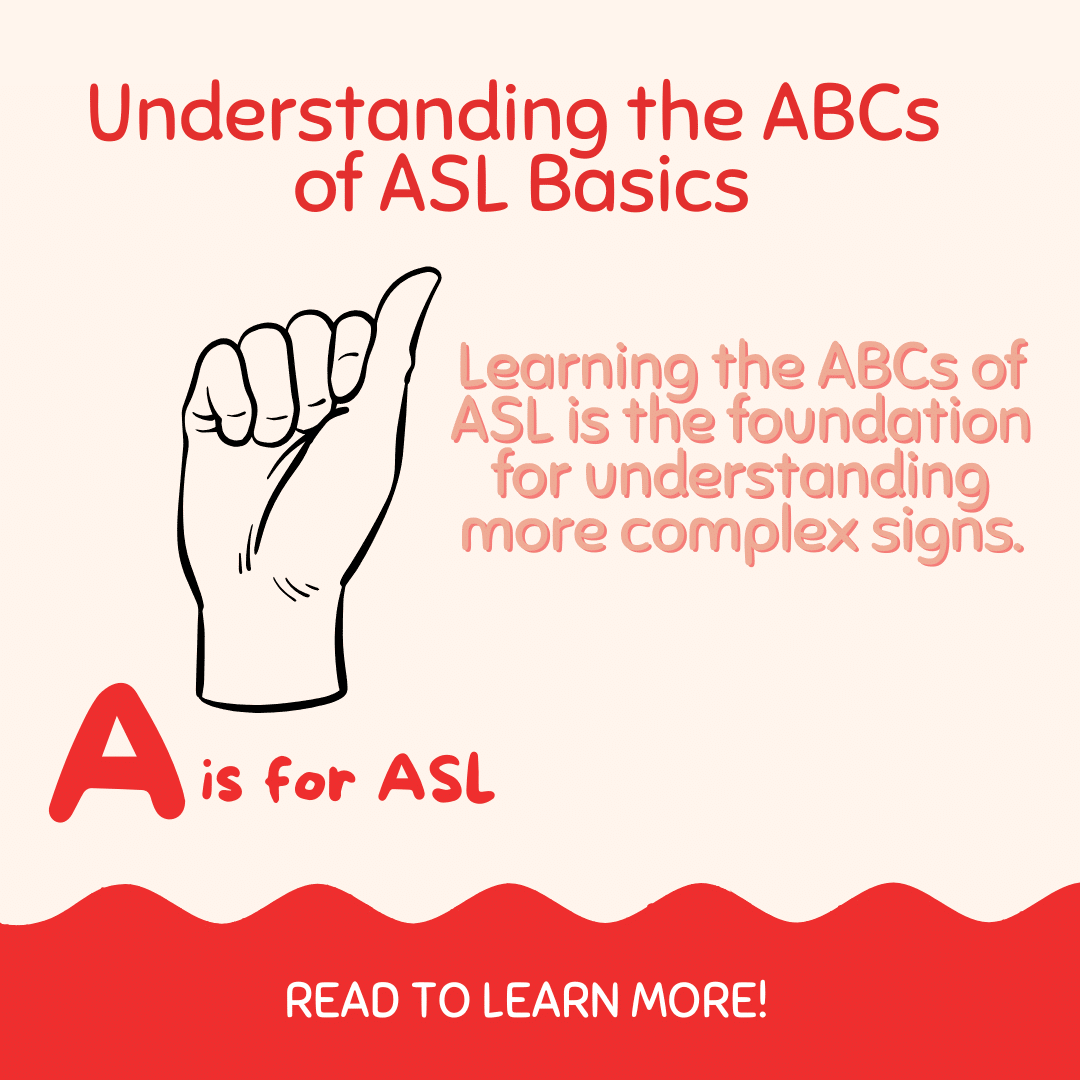
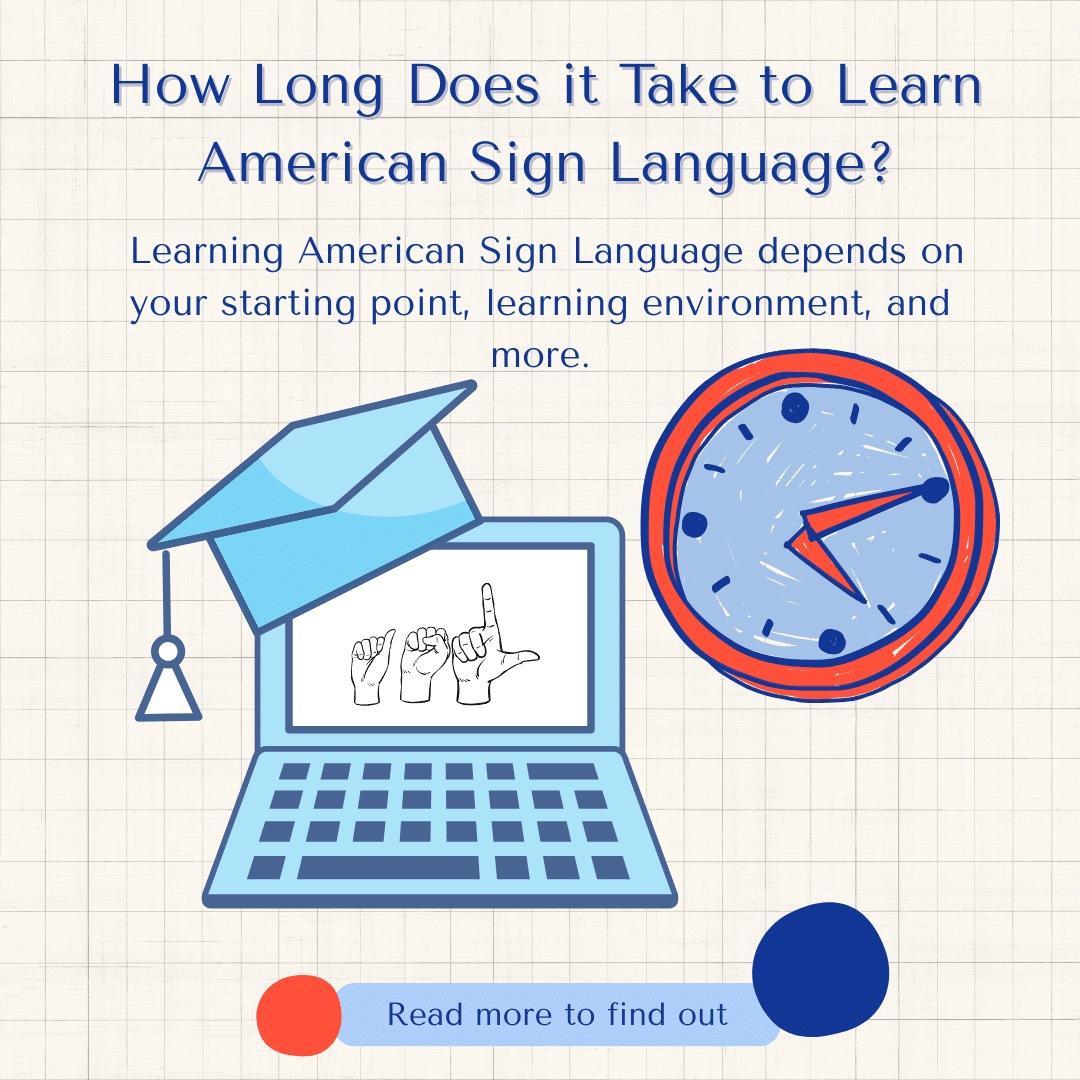
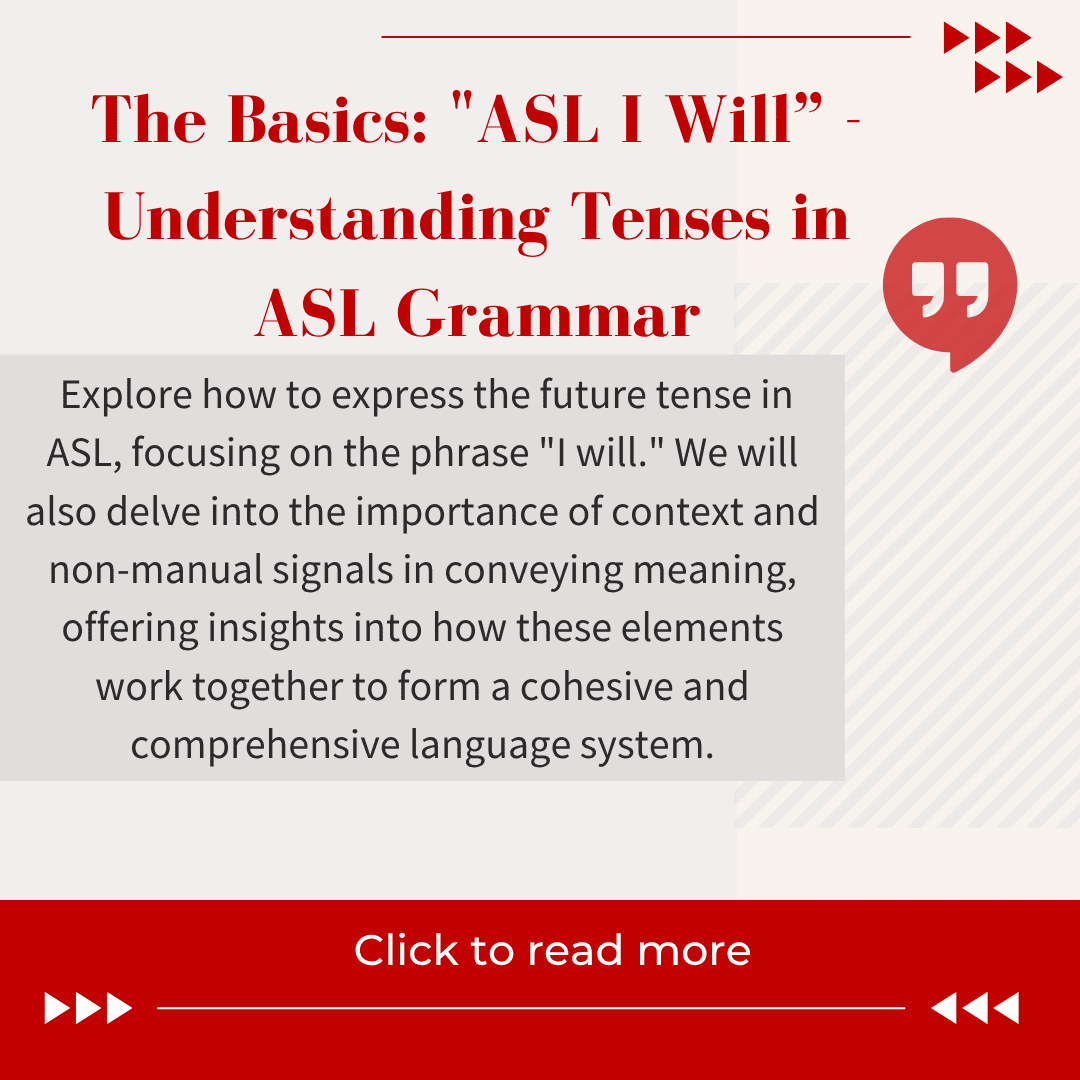

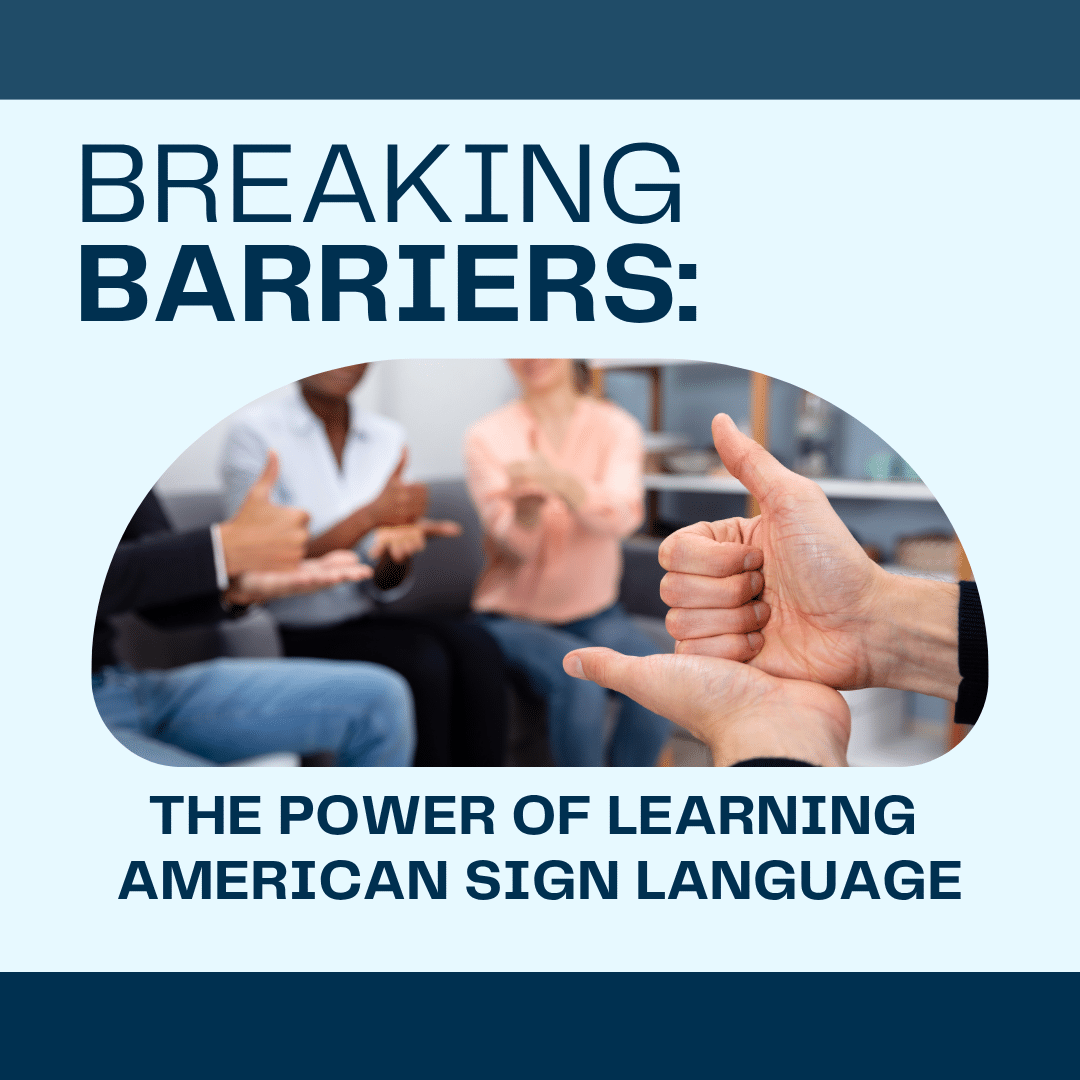



One Response
thanks for the tips. ill use them for my sister and nephew and neices